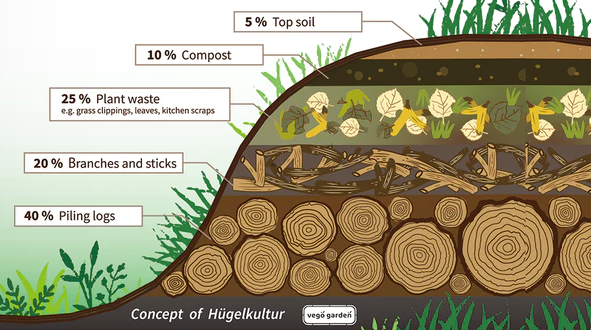Hosted by The Nonprofit Council, The Big Give is an annual fundraising event that connects South Central Texas nonprofits - like the Science Mill! - with new and existing donors.
The purpose of fundraising events like The Big Give is to help boost the efforts of all the nonprofits that make South Central Texas a great place to work, live, and play in. As always, the success of this online giving is fueled by awesome donors like YOU! After all, community takes care of each other.
Whatever your advocacy is, we encourage you to seek a nonprofit that puts action into words.
Why support the Science Mill?
If you are passionate about making education, especially STEM education, more accessible to kids from underrepresented communities, then you’ve found the right nonprofit. At the Science Mill, we believe that all kids, regardless of background, should have equitable access to high-quality STEM programs and feel empowered to pursue a future career in STEM.
In Texas and our country, the complex challenges of tomorrow will require STEM professionals, entrepreneurs and problem solvers. Yet research shows low-income students, students of color, rural students and girls are underrepresented in STEM programs and in STEM careers as adults. This includes more than 60% of all Texas students who live in economically disadvantaged communities, with little or no access to STEM programs. The Science Mill brings hands-on, science- and technology-focused programs to Texas communities with the greatest need, providing transformative experiences for students and local teachers.
We need the next generation of scientists, engineers, doctors and technicians. While not every kid will choose a career in STEM, we want every kid to have the access and encouragement to know that they could. Building on our success as a destination attraction and STEM learning leader in central and south Texas, our goal is to bring our proven network of year-round STEM programs to more kids in more places across the state.
OUR IMPACT
In 2023 alone, over 4,500 students all over Texas were served by Science Mill programs like SCI Camps, Labs on the Go, and STEM Discovery Clubs.
Since 2016, over 13,000 students have been served by these programs, and thanks to your ongoing support, we continuously expand our scope every year. This means that we get to reach more kids, in more places, and more ways.
For in depth information on our impact, click here.
How to support the Science Mill during The Big Give
You can donate to the Science Mill today, or wait for September 20, 6pm to have your donations matched!









